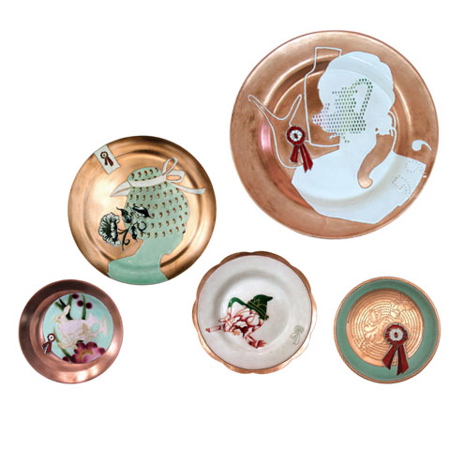
Enamel by Hella Jongerius
Tokyo design week: Dutch designer Hella Jongerius has created a series of enamel plates in collaboration with tradtional Japanese enamelware company Ando Shippo of Nagoya.
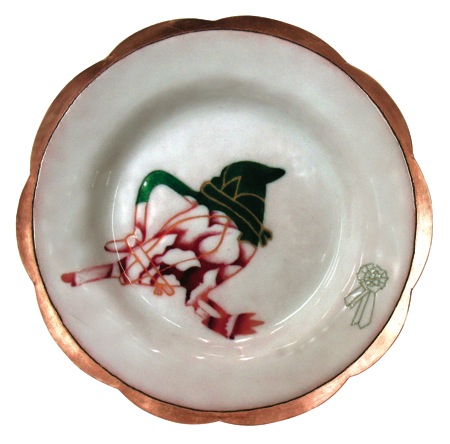
The collection, called Enamel, was commissioned by Tokyo design store Cibone, where it is exhibited this week as part of an exhibition called Serious Mellow during Tokyo Design Tide and parallel design-related events across the city.
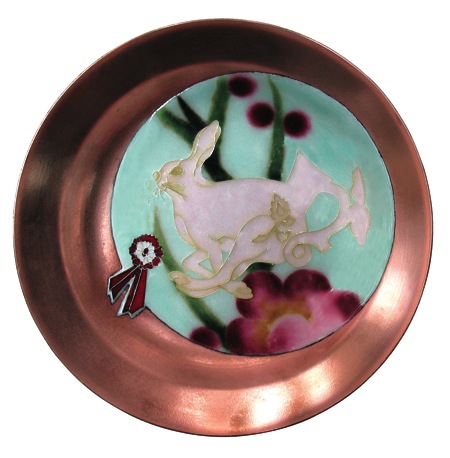
Jongerius says: "Traditional enamelling technique opens up possibilities that are in perfect harmony with my working methods and ideas about design. Furthermore, this technique shows strong similarities to the ceramics with which I often work. Like glaze on clay, enamel gives objects a multi-coloured, lustrous skin, an effect that is almost impossible to obtain with other techniques. And enamelling technique allows skilled artisans to make very delicate drawings on the surface. That provided opportunities that mesh with the subjects I am working on now."
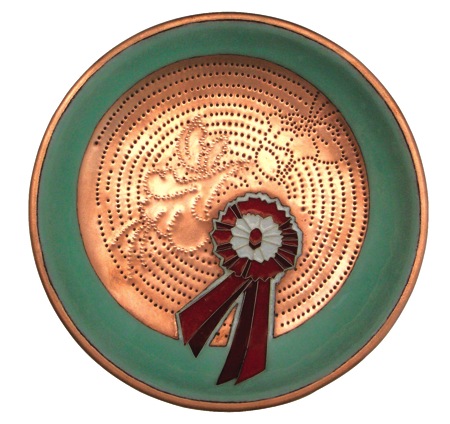
Information from Cibone follows:
--
In the 19th Century a piece of enamelware from Holland arrived in Japan and local Lord Kaji Tsunekichi ordered craftsmen to analyze and reproduce it. This gave birth to the now well established Owari Shippo craft which is still produced around Nagoya. For CIBONE COLLECTION, CIBONE have chosen to revive this link with Holland and commission well known Dutch designer Hella Jongerius to work together with the most famous Japanese enamelware company, Ando Shippo, to cast her modern approach to design onto this very traditional Japanese craft.
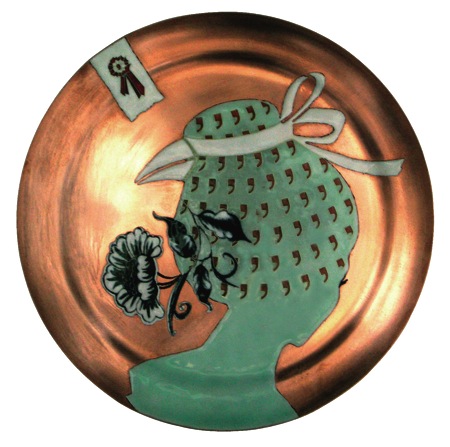
Enamel
Enamelling has a rich history. In Europe, it was used mainly in the Middle Ages to produce elegant jewellery. In the 20th century, it remained in use for colourful outdoor advertising boards, but now, the craft has practically died out in Europe. This happened for various reasons, such as the high cost and great fragility of enamel work, which makes it unsuitable for industrial production. In Japan, however, the technique has been carefully preserved − a fact which inspired Jongerius to visit the country and learn more about it. The Japanese enamelling experts introduced Jongerius to techniques showing the results of years of tradition and refinement.
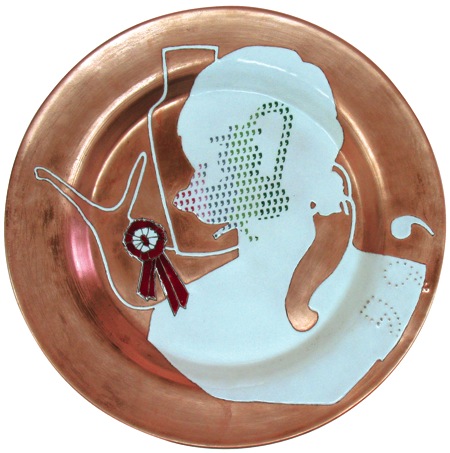
For Jongerius, respect and appreciation were the only possible response to such a display of artistry Inspired by techniques which seemed in perfect harmony with her working methods and ideas about design, Jongerius has created a series of plates with an enamel skin for CIBONE which bring together past and present. The plates allude to the recent theme in Jongerius’s work of a fantasy world, where animals and silhouettes merge with objects.
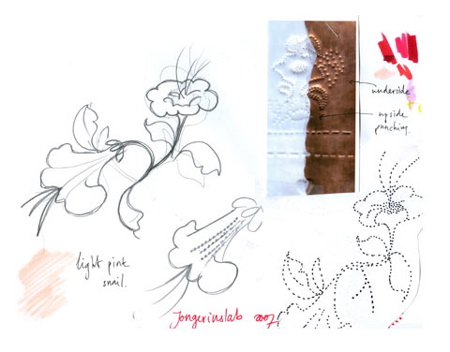
Hella Jongerius
Dutch designer Hella Jongerius works with design, craft, art and technology fusing high and low tech, tradition and the contemporary, industrial and artisanal. After graduating Eindhoven design academy in 1993, she has designed for Droog Design and taken teaching positions at the Rietveld academy and then Eindhoven Design Academy. In 2000, she started her own design company, Jongeriuslab, through which she produces her own projects and continues close relationships with clients such as famous Swiss furniture company Vitra.
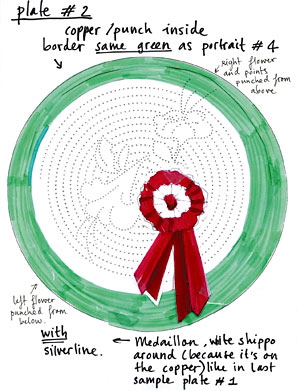
Ando Cloisonne
Ando Shippo was founded in 1880 and is the oldest, largest company in Japan making Japanese enamelware or 'Shippo'. Cloisonne or Owari Shippo was originated in Nagoya by Shogun Tsunekichi Kaji in the early 19th Century and with much time and effort the craft here developed to a level receiving worldwide recognition.
Ando Shippo's work was first introduced to the world at the Chicago Expo in 1893 to great acclaim and since then they have continued to receive awards at international expo's for their exquisite creations. In 1900 they received royal appointment to supply the imperial household. Shippo is the fusing of enamel - a liquid glass substance on to a metal base.
There are various ways to make enamelware but the base of Owari shippo is the highly intricate application of silver strips on to the base metal, usually copper, these patterns are then filled with different coloured enamels, fired, then the process repeated many times before polishing, the amount of polishing determines the final finish of the piece. Each process in the making of enamelware is handled by a craftsman specializing in that process, each requiring an incredibly high level of skill and dedication.